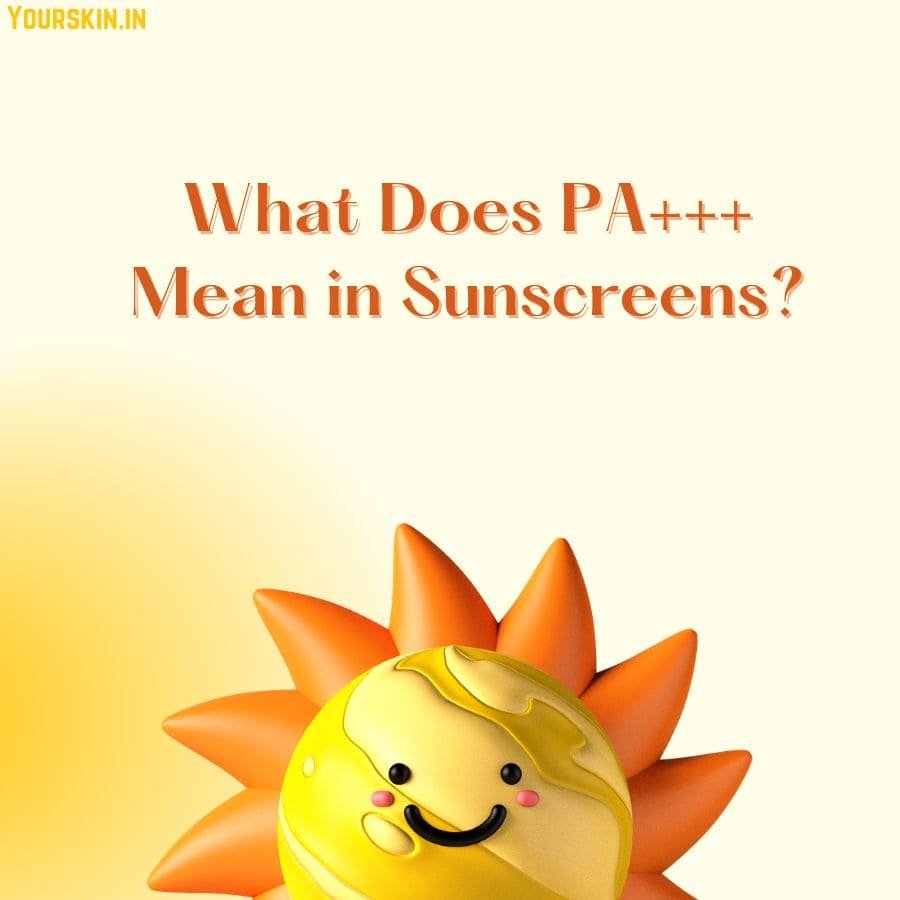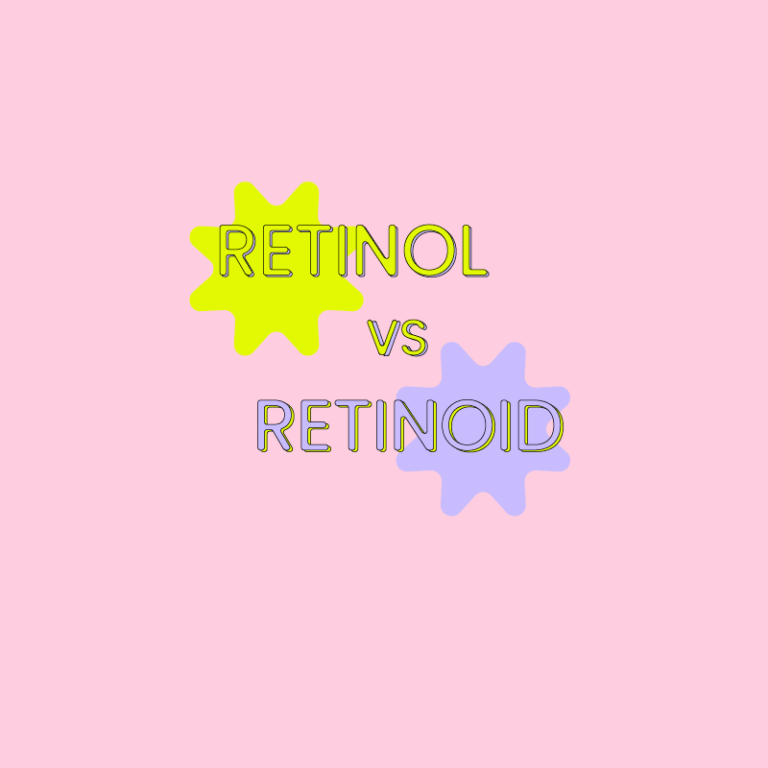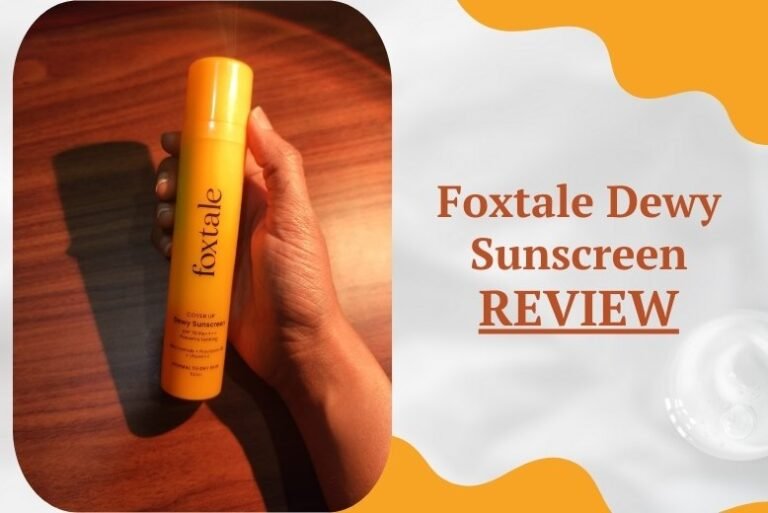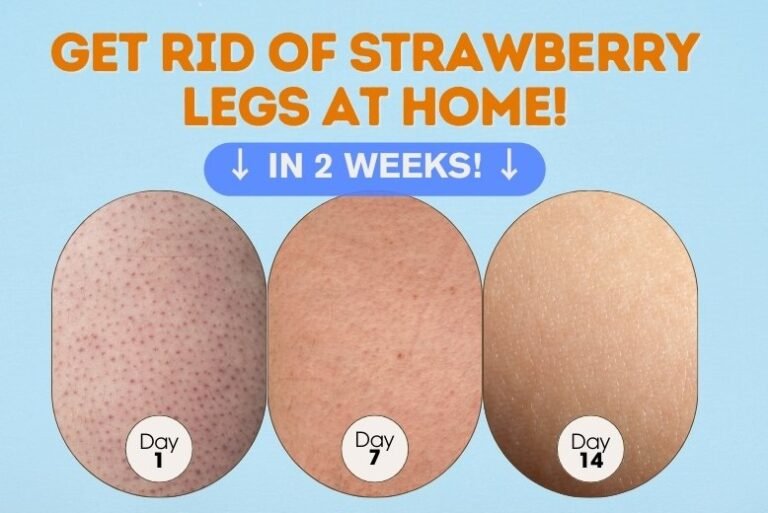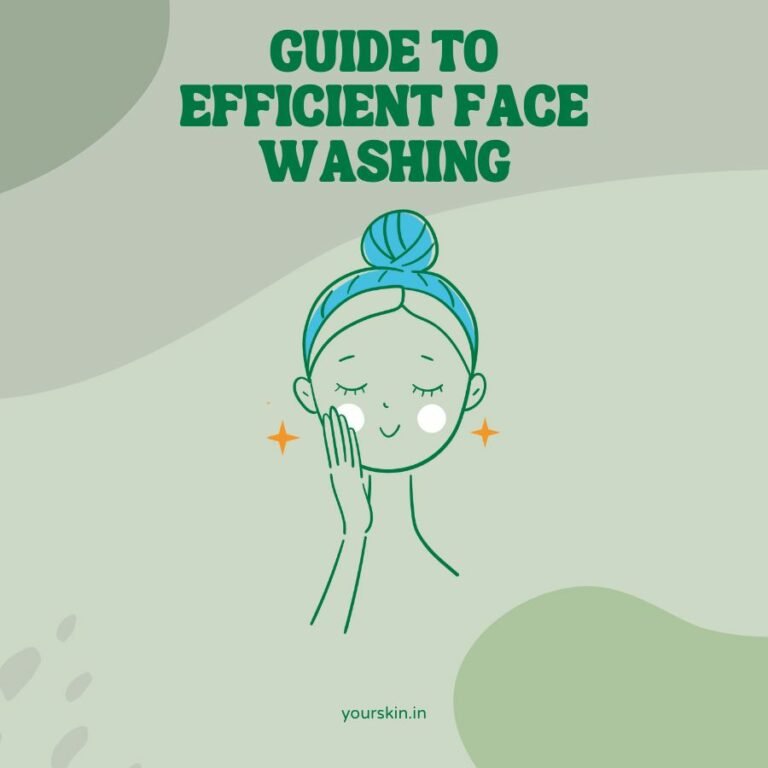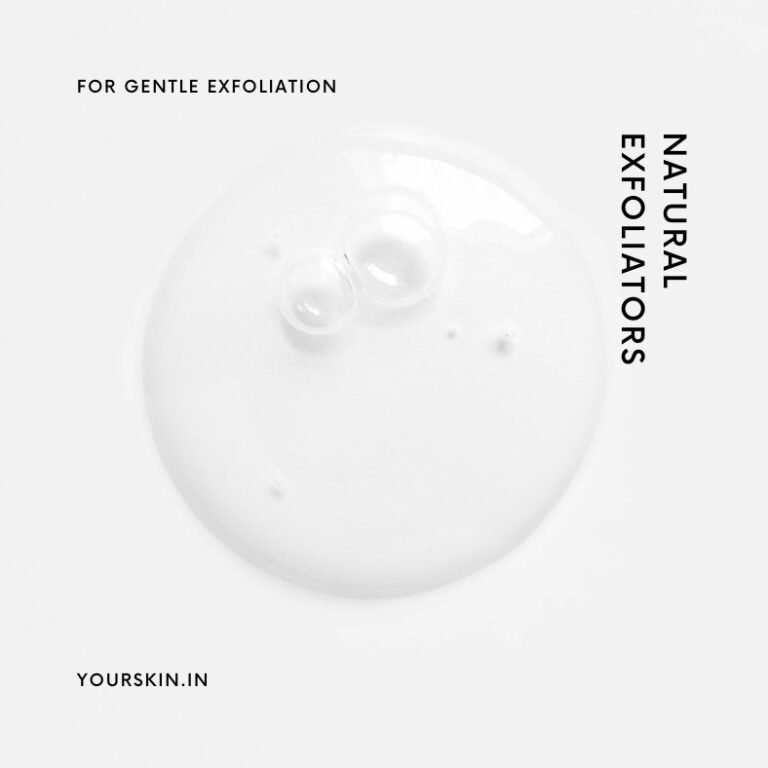Since summer has already entered the country, it is time for people to turn on their ACs, stay inside, and look for the best sunscreens money can buy. But as you look for the sunscreens, there are so many confusing things found on the label.
We all are very much familiar with SPF, which stands for Sun Protection Factor. Every sunscreen comes with an SPF rating, with lower numbers meaning low protection and higher numbers meaning better protection.
But then there is one more thing that might confuse people. What is the PA plus… rating in sunscreen bottles along with the SPF rating? What does the “PA” mean and should you care about it when buying sunscreen?
In this article, we will explain everything you need to know about what PA ratings are and why they matter.
Sunscreen Ratings
Sunscreens are used to protect our skin from the sun’s rays. Sun rays are not harmful, but the UV rays in them are. Two components of the UV rays spectrum cause the most damage; UVA and UVB.
All the sunscreens that you can buy are formulated to protect you from these two components of the UV spectrum.
SPF
Most people look at the SPF rating. The SPF rating tells us about the sunscreen’s ability to protect the skin from UVB radiation.
UVB radiations are known to cause severe skin burn, interior skin damage, and skin cancer too as it damages the DNA.
While SPF is meant to take care of the harmful and damaging UVB radiation, what about the sneaky UVA radiation?
PA Rating
UVA rays do not cause visible damage like UVB does, but UVA rays cause skin tanning, and darkening and contribute to DNA damage and skin cancer.
The PA rating, which stands for ‘Protection Grade of UVA’ shows the sunscreen’s ability to provide protection against UVA radiation.
PA rating was developed in Japan and is mostly used in Asian countries. Let’s understand how it works.
Persistent Pigment Darkening Test
When the human skin is exposed to UVA radiation, the skin undergoes darkening or tanning. A Persistent Pigment Darkening test is done on people by exposing parts of their skin to UVA radiation and noticing the darkening.
A sunscreen with a PPD rating of 20 will provide 20 times more protection to the skin against UVA rays than skin without any cream.
PPD numbers are then converted into PA ratings to keep things simple.
- 2-4 PPD – PA+
- 4-8 PPD – PA++
- 8-16 PPD – PA+++
- 16+ PPD – PA++++
So a sunscreen with PA++++ will offer the best protection against UVA radiation. The reason why we rarely see sunscreen with a PA++++ rating is that most countries have kept PA with three pluses as the max rating.
Broad Spectrum or PA+++?
You might have seen that some sunscreen companies just mention ‘Broad Spectrum“ instead of adding any PA rating. This is because broad spectrum and PA are the same in this context.
‘Broad spectrum’ is used in American and European countries to tell the customers that the sunscreen provides protection against both UVA and UVB radiations.
What Should You Buy?
You don’t have to overthink the numbers of the SPF or PA ratings. Most of the good sunscreens these days come with SPF 50+ rating and PA+++, which is adequate in providing protection from the sun.
But do keep in mind that you can get a sunscreen with SPF 200+ and PA++++++ rating but if you do not keep reapplying it frequently, it won’t work.
When it comes to sunscreen, frequently applying it and making sure you cover the skin entirely makes the most difference. Take care of your skin.
Read more about sunscreen: Is chemical sunscreen are better for you?

